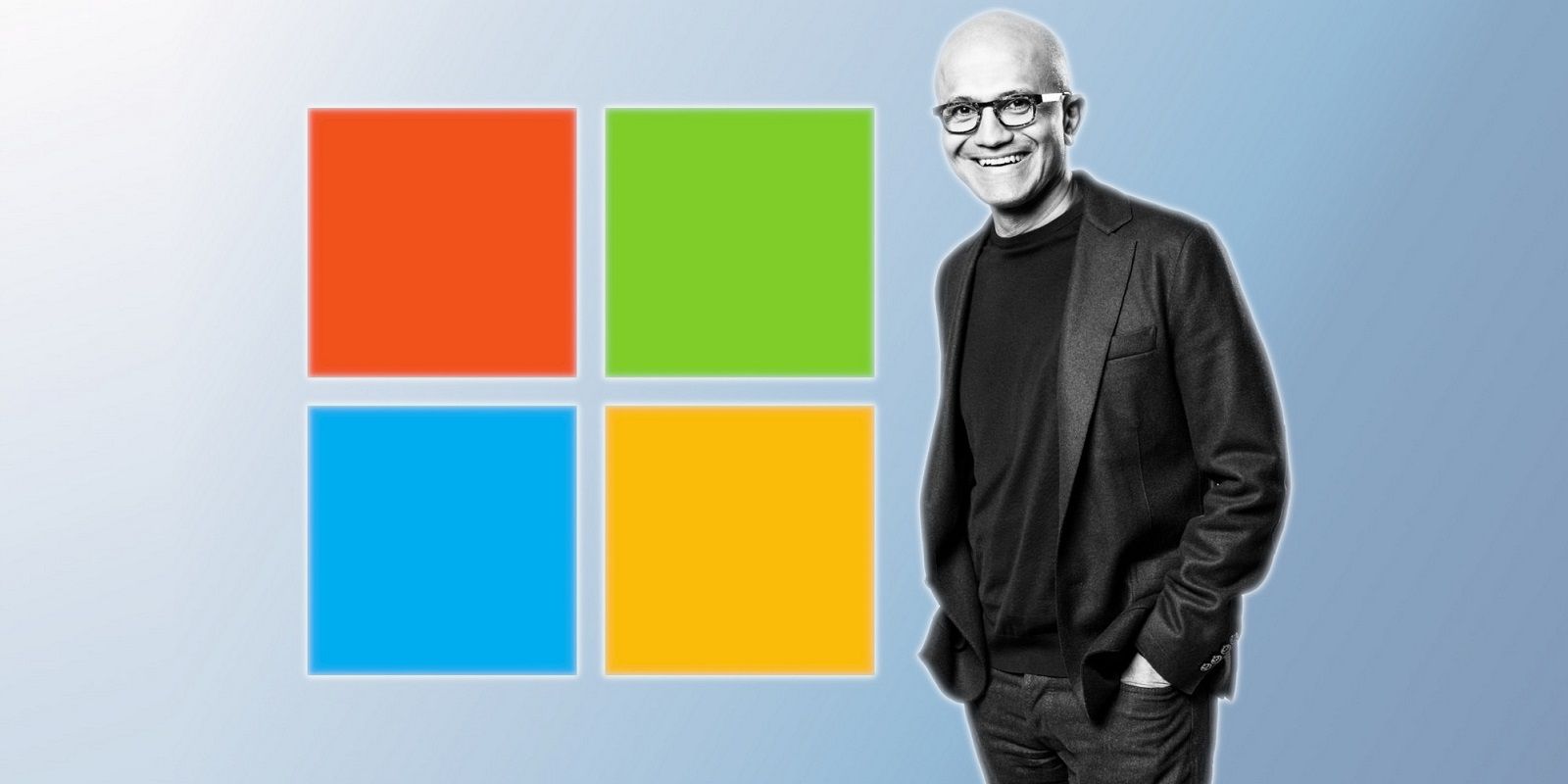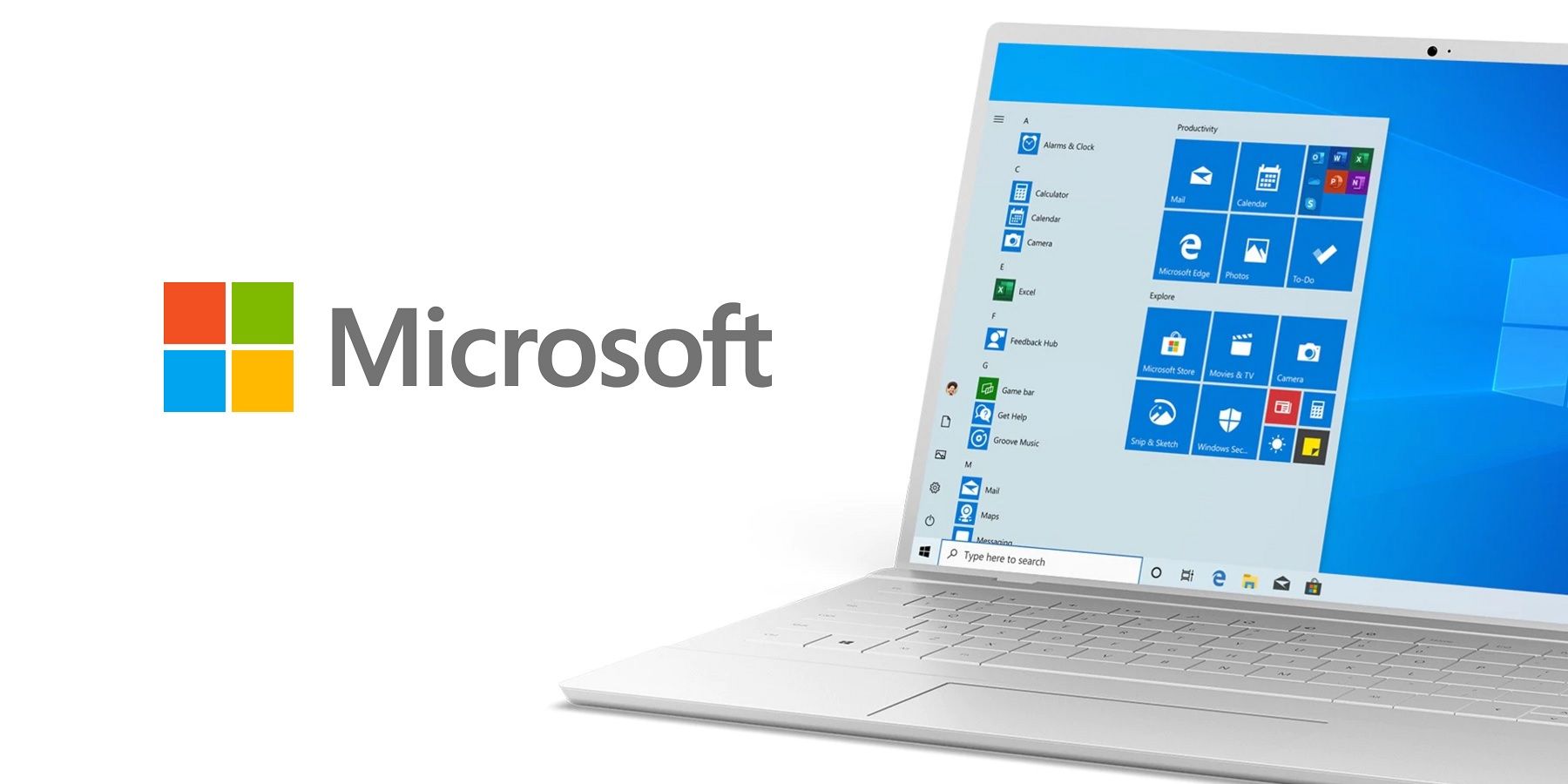
Microsoft has joined Apple in the elusive $2 trillion club, making it only the second company in the world to flaunt that market valuation. Established in 1975 by Bill Gates and Paul Allen, it took Microsoft approximately 44 years to reach the $1 trillion valuation in 2019. In the two years since then, Microsoft managed to add another trillion to its market cap, zooming past the likes of Amazon and Google that are currently hovering around the $1.7 trillion mark.
In a period where a global pandemic brought the world to a halt and resulted in an unprecedented boost to remote work and learning, Microsoft capitalized with its cloud-based solutions for education and business. The growth was fueled by its cloud computing business and to some extent, the debut of its latest game consoles - the Xbox Series X and S.
As the pandemic raised its head, Microsoft witnessed record growth for its cloud-based solutions and rode that wave to its current $2 trillion market value. In the previous fiscal quarter ending March of 2021, Microsoft reported a revenue of $41.7 billion and an operating income of $17 billion that amounted to a healthy 31-percent growth. Notably, revenue from the Azure cloud business was up by 50-percent, while the Xbox content and services saw a 34-percent growth. Microsoft is still a few weeks away from announcing its financial results for the June quarter, but these two aforementioned divisions are sure to have seen growth and further helped Microsoft add to its market cap.

Microsoft had its first taste of success with the MS-DOS operating system and secured IBM as a client. Windows — the product that Microsoft is synonymous with — arrived in 1985, while the Microsoft Office suite of productivity applications was released half a decade later in 1990. This was also the time when Microsoft fell under intense scrutiny over antitrust charges that also involved a long-drawn and well-publicized court battle. In 1995, Microsoft released Windows 95, which marked the debut of the iconic start button as well as MSN. With founder Bill Gates relinquishing the CEO seat and Steve Ballmer taking the reigns, Microsoft marked its entry in the world of gaming hardware with the launch of the Xbox console in 2001, and the Windows XP operating system in the same year. A successor called Xbox 360 followed in 2005, while the ill-fated Zune music player family hit the shelves a year later.
Reeling from a massive $1.4 billion fine imposed by the European Union in 2008, Microsoft launched its highly successful Azure cloud computing business later that year. Learning from the criticism received by Vista, Microsoft launched Windows 7 in 2009. A year later, Windows Phone arrived flaunting a new design language called Metro. Microsoft then ported this aesthetic signature over to the PC ecosystem with the launch of Windows 8 in 2012, followed by its first Surface computer and Outlook email client in the same year. Juggling more products — both hardware and software — than ever before, Microsoft bled a massive $32 billion in 2013. However, Satya Nadella took over as CEO of the company in the following year and started the cloud-focused transformation that has pushed Microsoft to its current $2 trillion market valuation.
The $7.2 billion Nokia acquisition, which many now consider one of the company’s biggest failures, happened in the same year. In 2015, Windows 10 arrived — a fairly well-received OS that will finally get a successor called Windows 11 later this month. 2018 proved to be a particularly busy year considering the Windows Phone platform and Skype Classic were laid to rest, GitHub was acquired for $7.5 billion, Microsoft Teams was made free, Edge browser began its rebirth as a Chromium-based browser, and Windows 10 on ARM was pushed into the mainstream with support for Qualcomm processors. As newer Surface hardware and Xbox One consoles arrived, Microsoft revealed its cloud-based game streaming service called xCloud in 2019, and released it a year later as a freebie for its Game Pass Ultimate subscription service. While Microsoft failed to acquire TikTok’s U.S. operations in 2020, it made waves with the $7.5 billion purchase of ZeniMax Media, giving a huge boost to its gaming ambitions.
Source: MSN
from ScreenRant - Feed https://ift.tt/3gVTlpv


0 Comments